Drinking Water Protection
- Drinking Water Protection Home
- About Us
- A-Z Index of Contaminants in Water
- Community Public Water Supply
- Drinking Water Grants and Loans
- Drinking Water Institute
- Drinking Water in Schools and Child Cares
- Drinking Water Revolving Fund
- Laws and Rules
- Noncommunity Public Water Supply
- Source Water Protection
- Water Operator and Certification Training
- Drinking Water Protection Contacts
Related Topics
- Annual Reports
- Drinking Water Risk Communication Toolkit
- Drinking Water Protection External Resources
- Fact Sheets
- Forms
- Invisible Heroes Videos: Minnesota's Drinking Water Providers
- Noncom Notes Newsletter
- Sample Collection Procedures (videos, pictures, written instructions)
- Waterline Newsletter
Related Sites
- 10 States Standards
- Clean Water Fund
- Health Risk Assessment – Guidance Values and Standards for Water
- Minnesota Well Index
- Water and Health
- Wells and Borings
Environmental Health Division
Robbinsdale Drinking Water Plant Looks to the Future
From the Spring 2023 Waterline
Quarterly Newsletter of the Minnesota Department of Health Public Water Supply Unit, Waterline
A complete list of feature stories can be found on the Waterline webpage.
By Alycia Overbo, Minnesota Department of Health (MDH)
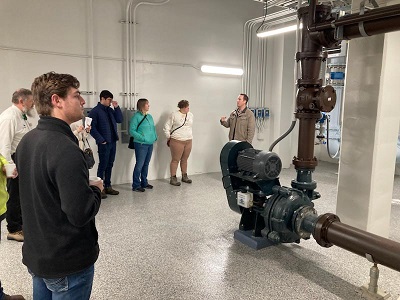
Aaron Vollmer of AE2S, the engineering firm for Robbinsdale’s new water treatment plant, led a tour of the new facility.
Approaching Robbinsdale’s new drinking water treatment plant, one can peer into the windows and get a glimpse of the extensive infrastructure used to treat and deliver its drinking water. This view into the drinking water treatment process is just one of the innovative features that was meticulously researched and planned by the public water system staff and consulting engineering firm AE2S.
Before the new plant went online in November 2022, the community relied on three drinking water plants built in the 1960s. In 2017, the city council authorized a study to identify needs and actions that would ensure the reliability of its drinking water into the future. At the time, the city treated its drinking water only to remove iron and manganese and to add chlorine and fluoride.
“For a system to move from just a regular groundwater iron and manganese filtration to softening, it’s a huge deal. I mean, a huge deal,” commented MDH district engineer Brian Noma. Apart from the additional equipment needs, centralized softening requires extensive water testing and chemical analyses throughout the treatment process.
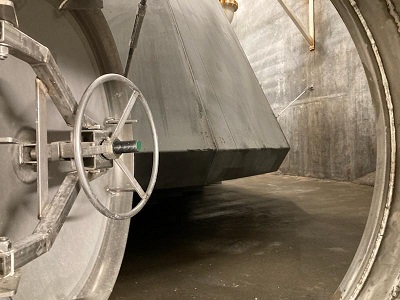
Two looks at the softening cone.
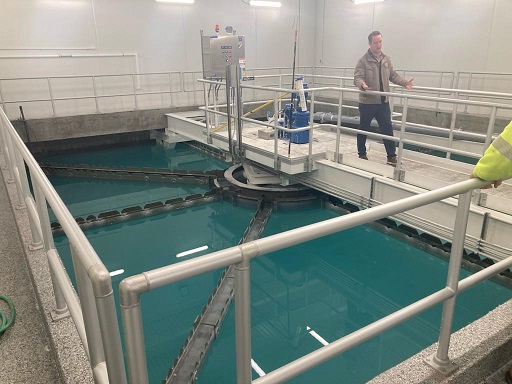
At public meetings, residents requested that the new drinking water plant centrally soften the water, even though it can result in higher water bills. At 24 grains per gallon, Robbinsdale’s groundwater source is very hard and most neighboring communities have centrally softened water.
With centralized softening, the finished drinking water hardness was reduced from 24 to 5 grains per gallon, reducing or eliminating the need for home water softening. Decreased home softening can reduce chloride pollution, which has negative impacts on species such as dragonflies and freshwater mussels. Over-softening water can also cause plumbing issues such as pinholes in copper piping. Robbinsdale shared information with residents about bypassing or calibrating their softeners with the centrally softened water, and Culligan also notified community members about the change. The Metropolitan Council is sampling to understand the chloride reductions in the community wastewater as a result of centralized softening.
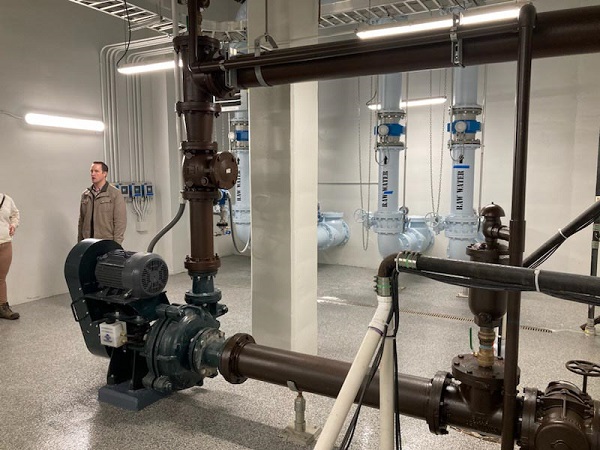
The sludge pump at Robbinsdale's plant.
A bigger site was needed to accommodate lime softening treatment, and the city had an undeveloped plot within a residential area. The neighboring residents were initially wary but ultimately fully supportive of the new drinking water plant, and the utility wanted to design a site that would fit in with the neighborhood. “We didn’t want the building to look like a bunker—not utilitarian,” added Richard McCoy, the city’s public works director.
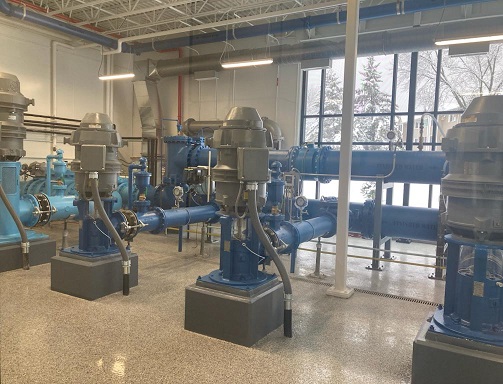
High service pumps.
All of the facility equipment is housed indoors to fit in with neighborhood aesthetics, which also makes maintenance easier. Most pipes are exposed within the plant, making maintenance much easier in the long run. The site also incorporates natural light where possible.
The public water system staff toured other drinking water treatment plants to get ideas for the new plant design. Submarine hatches to access the clarifier were one feature they borrowed from Fairmont, which allows operators to get in and out of areas from different levels without ladders, creating easier access and better safety.
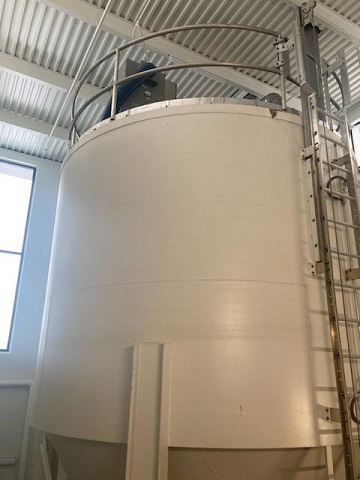
Robbinsdale's lime storage (above) and lime grit removal (below).
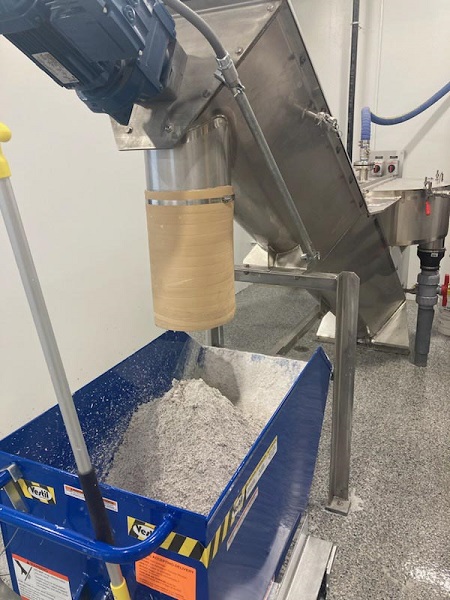
“From the start, we were looking at the long-game—let’s put in features that are going to serve us well for the long term,” said McCoy.
The site also has green features to minimize its environmental footprint. There is a green roof with foliage to capture rainfall and a stormwater pond that ensures no stormwater leaves the site. In the future, the plant will install solar panels on the roof and grow hops on the outdoor trellis with the intent of making them available to one (or both) of the local breweries.
With the new drinking water plant online, the public water system is now shifting to other drinking water infrastructure needs. The system will decommission two of its wells in a vulnerably geologic area near downtown and has already connected two new wells. The system is decommissioning two water towers—the small iconic tower downtown and the one that is surrounded by North Memorial Hospital—and is constructing a new water tower, which is taller and bigger. The infrastructure needs are planned to accommodate population growth and future demand.
Commented McCoy, “We’ll have all the big-ticket items done. Then it will just be the 100-year-old pipes!”
Go to > top.